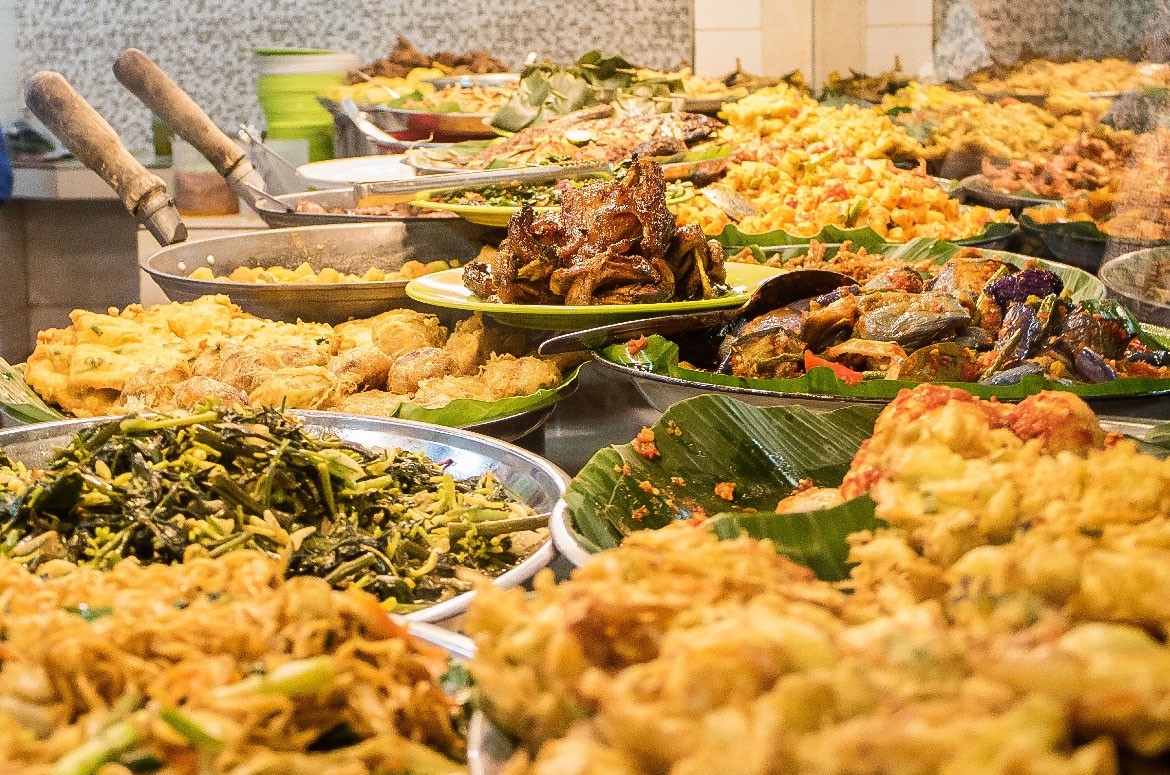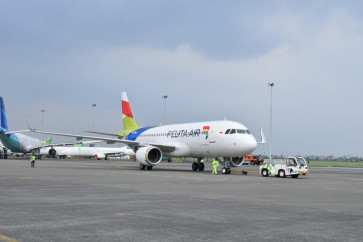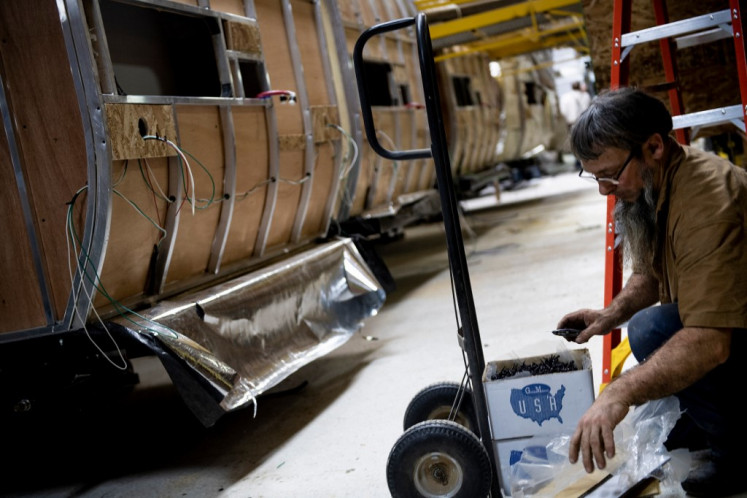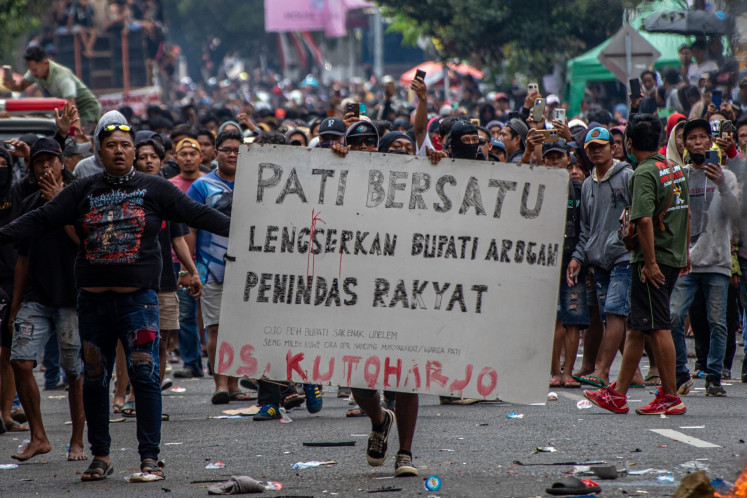Popular Reads
Top Results
Can't find what you're looking for?
View all search resultsPopular Reads
Top Results
Can't find what you're looking for?
View all search resultsBackstory behind favorite dining spot of locals: 'warteg'
Change text size
Gift Premium Articles
to Anyone
T
here’s no denying the fact that warung Tegal—shortened as “warteg” (a food stall that specifically serves Javanese food)—is big with those who are looking for an affordable yet filling meal. The variety of dishes at its disposal could cater to the preferences of many, while it also serves kerupuk (crackers) and an array of beverages. However, are you familiar with its origins?
As its name suggests, warteg has its roots in the city of Tegal in Central Java. Initially run by the citizens of the villages of Sidapurna, Sidakaton and Krandon, its management, which would come from the same family, would rotate once every three to four months. This custom is still followed even in large cities like Jakarta and Bandung, and is actually done to avoid the boredom of staying at the same place. Those whose turns are not yet up will fill their time with farming.
The foods that are on offer at a warteg are simple and easy to cook, including nasi goreng (fried rice) and mie instan (instant noodles), along with pisang goreng (fried bananas), coffee, tea and various drinks. A few would serve specific dishes, such as sate Tegal (Tegal-style meat skewers), gulai (curry stew) and teh poci (tea from a teapot). The menu provided by the multitude of warteg in Jakarta offers a rather more complete package, with the likes of ayam goreng (fried chicken), ikan goreng (fried fish), ikan balado (grilled mackerel with balado sambal), orek tempe (tempeh in sweet soy sauce), telur balado (eggs with balado sambal), sayur sawi (Chinese green mustard) and fritters among the obligatory treats. Some may also add soto ayam (chicken soup) or sop sayur (vegetable soup) into the mix.
Nobody knows for sure when the first warteg was founded in Jakarta. A number of people believe that it first made its presence felt in the capital between the 1950s and 60s. It was a time when the rapid development of Jakarta grabbed the attention of those who lived in the countryside, which encouraged them to try their luck in the then-budding metropolis by becoming construction workers. This turn of events was taken advantage by the Tegal people who were already in Jakarta to offer food that could be afforded by the new laborers.
These days, one of the most famous warteg in Jakarta is Kharisma Bahari. Owner Sayudi is a Tegal native who within the space of just four years managed to establish a warteg empire that encompasses 92 outlets in the Big Durian and South Tangerang. His dream of breathing new life into the notorious and dirty reputation of warteg spurred him on to make Kharisma Bahari as a clean and cozy warteg for all to dine in. (kes)
Explore more Indonesian cuisine here.











